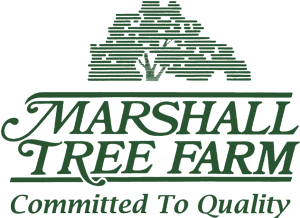Irrigation Volume and Frequency and Tree Size Affect Establishment Rates
Caring for Trees on the Job Site – Irrigation for Tree Establishment
Journal of Arboriculture 24(1). January 1998.
By Edward F. Gilman, Robert J. Black, and Bijan Dehgan
Abstract.
Irrigation volume had no effect on post-transplant trunk diameter growth, crown spread, height growth, or stem xylem potential of Quercus virginiana (live oak) in the first 27 months after transplanting. Container-grown trees irrigated infrequently after transplanting grew more slowly than those irrigated frequently and more slowly than field-grown trees. This resulted from increased water stress on container trees that were infrequently irrigated. Post-transplant growth of trees from a field nursery was not affected by irrigation frequency. Three of 30 trees on the infrequent irrigation schedule, which were transplanted from containers, died the first time irrigation was cut back from twice each week to once a week 7 weeks after transplanting, and new nonlignified shoot and leaf tissue on most other container trees dried up. No trees transplanted from the field nursery died, nor did new growth wither. The first year after transplanting, trunk diameters of trees collected from the wild increased more slowly than those of trees transplanted from containers or from the field. However, growth of trees from containers increased more slowly than for trees from the other two production methods during the 2nd and 3rd year after transplanting. During the first 27 months after transplanting, trunk diameter and tree height increased faster on small-sized nursery trees of live oak than on large-size trees. Rate of trunk diameter growth for container trees slowed the 2nd growing season on large-sized container trees, perhaps because roots were not fully established in landscape soil. Frequently irrigated trees established more quickly than those receiving infrequent irrigation.
